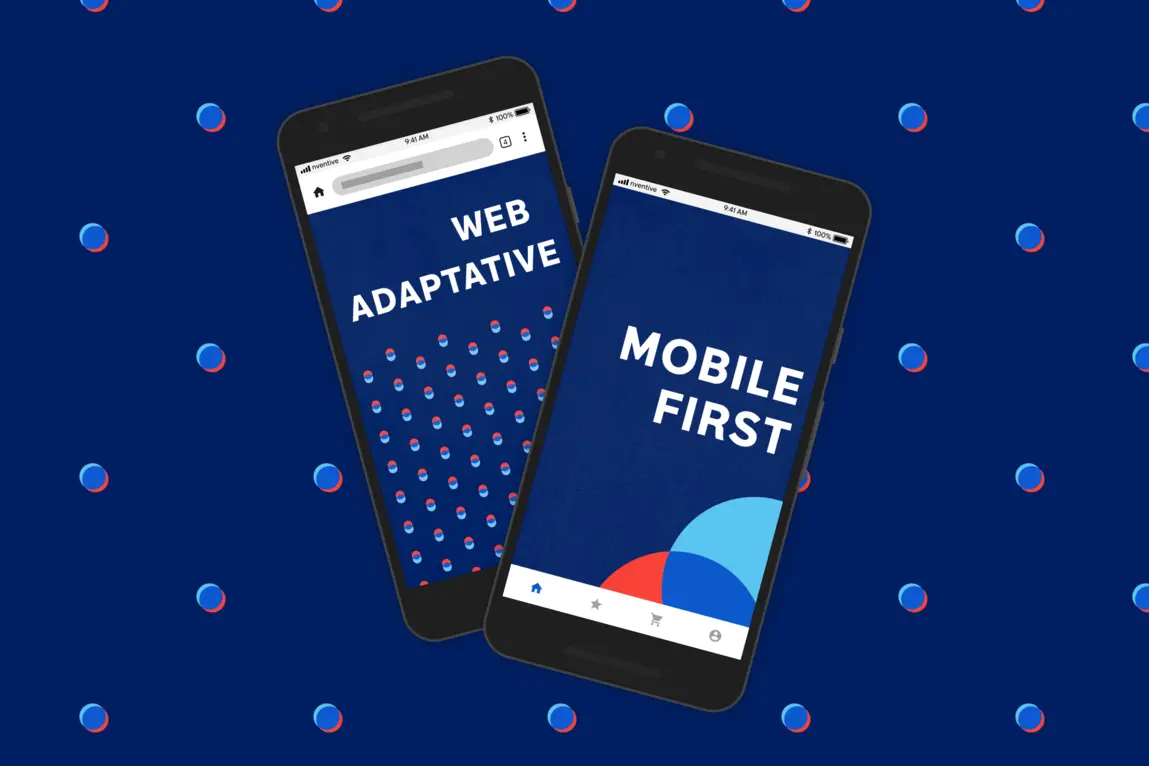David A. Hamel, VP Strategy, CX & design, is a true digital tool design specialist. Always on the lookout for innovations, he constantly questions existing practices. With our teams, his mission is to enrich the users’ experience to meet our clients’ needs. Today, he shares his knowledge on mobile app development.
In my opinion, the goal when planning a mobile app is first to create engagement and provide value to the user. Unfortunately, not every app embodies this main goal, leading to the failure of demand generating and app usage.
So, what do you have to keep in mind when working on a new app? In addition to adopting a user-centric approach, I’ve identified three key elements that a mobile app minimally needs to include:
- Have a clear value proposition
- Leverage the mobile contexts
- Focus on actions and interactions
Let me explain.
Have a Clear Value Proposition
The best apps are built around a clear value proposition: it’s the app’s reason for existence and the way features are leveraged that make an app successful, it’s never just the features by themselves. There are often two opposing forces when ideating on an app’s scope. On one side, we are tempted to load the app with all possible business unit requirements, often to satisfy everyone on the corporate side. On the other, many successful apps are single purposed and streamlined: that’s the number one recommendation offered by most strategist and designers.
Single purpose apps allow users to do one thing very well and all other features are serving that proposition. For instance, picture apps do offer editing, filtering, and sharing capabilities, but they are all centred around the core value proposition of viewing photos.
Google is a great example to illustrate this concept; it has a very large offering and could be tempted to bundle them into a few apps. On the contrary, the company decided to segment its offering in well over 30 apps. Included in the list is Google Photos, an app that any user can use (not only Android users) and that focuses on a photo “management” experience with added features. One of the reasons supporting this strategy is the need to compete in the market against other dedicated photo apps. That competitive battle revolves around convenience, storage space, filters, sharing, and so on – but it’s all centred around the photo experience. This happens in many sectors where there is a high level of competition like travel, insurance, on-demand video, e-com, training, and social media apps to name a few.
Single purpose apps are also easier to manage from a product management point of view, as requests come from a single business unit.
On the technical front, they are also easier to maintain, and updates don’t break other business lines’ code. In the end, they are often way more convenient for users who can quickly learn how to use them, because they are often optimized and intuitive.
Leverage the Mobile Contexts
- Mobile-first version: Mobile devices are now ubiquitous. The latest numbers from the PEW Research Center as of February 2021 says that 85% of US adults own a smartphone, and it reaches 96% amongst the 18 to 29-year old demographic. In the province of Quebec, known to be on some occasion technologically behind, this number goes up to 83% in 2021 (link in French only).
- The mobile-only user concept has existed since 2013, but this behaviour may expand to over 72% of internet users by 2025, according to numbers from the WARC (World Advertising Research Center).
- Proximity: The “nearby” keyword has topped the charts of popular Google searches for the past several years. In 2016, Google was saying that 76% of people who searched for something nearby on their smartphone visited a related business within a day. This is interesting because TikTok has been testing a new “Nearby” feed in the last weeks to display local content to users. Local made a comeback during the pandemic and it seems its hold is still strong in the virtual world. Proximity is a concept to consider in most apps.
- Simplicity: It has been a key success factor for countless apps in recent years. New entrants have gained large market shares over well-established competitors because of easy-to-use products. But Simplicity is not the same as simple: in a competitive market, simplicity requires creating a compelling offering that is hard to copy. Thus, it needs some degree of complexity that the user isn’t exposed to – but benefits from. Spotify is a prime example: building a media player isn’t difficult in itself, but it creates a real experience for the listeners, giving a feeling of ease of access and lower cost to listen to what they want.
Focus on Actions and Interactions
Users opening an app have a clear purpose in mind and they most likely want to take action or consult information in a very succinct manner.
Indeed, users often open apps for just a few seconds to get a very precise information like their account balance, a due payment time or a status on an order, for example. These are key moments on their journey, and they can be performed once per month to many times per day.
On the action side, people want to be able to take care of things themselves in a self-service mindset in just a few taps, like renewing a prescription drug or making a roadside assistance service call, for instance. The number of self-serve actions available through apps is now extensive, allowing people to accomplish what they are seeking in a matter of seconds, rather than minutes or hours in a traditional customer service interaction.
Furthermore, apps create better recurrence by allowing users to consume content through interactions. Apps are great to convey content: according to Statista, the average daily mobile media usage will be around 4.5 hours in the United States in 2022. This content (YouTube, TikTok, Instagram) is regularly consumed in an interactive way through user reactions, liking, sharing, co-watching, etc. All these interactions feed personalization algorithms that are then better at showing relevant content for users.
It is therefore important to concentrate on the needs of the users to prioritize actions – and identify interactive features to create a compelling experience.
To wrap up, mobile apps are now more complex to build because of the user’s expectations and the level of integration with business processes, programs, and technology ecosystems. There is a method to the madness and looking at all the great apps out there, pushing forward mobile app innovation is a must. I hope this information inspired you to build a great app!






